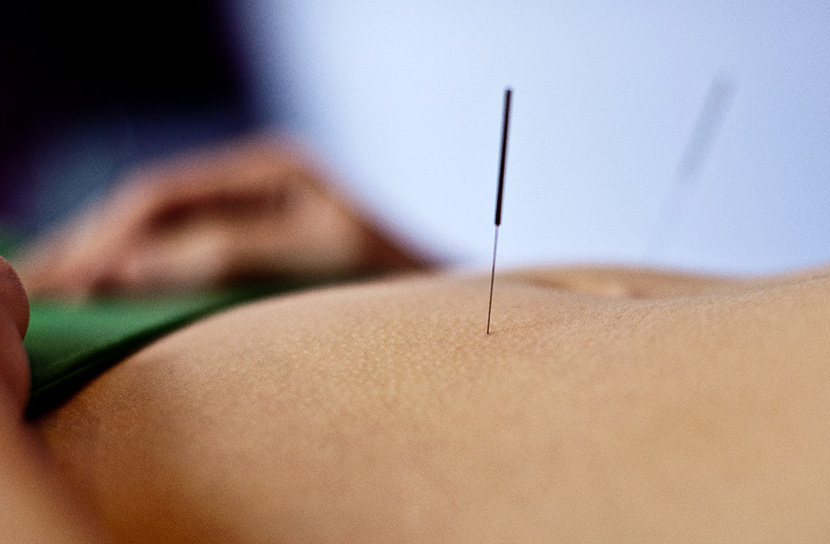Benefits of Dry Needling Therapy: Relieve Muscle Tension and Promote Healing
Dry needling therapy is a specialized technique used by physiotherapists to address muscle pain, release trigger points, and promote healing. While it may sound similar to acupuncture, dry needling is a distinct therapeutic approach.
Understanding Dry Needling
Dry needling involves the insertion of thin, solid needles into specific trigger points within the muscles. These trigger points are knots or tight bands that can cause pain and restrict movement. The goal of dry needling is to release these trigger points, relieve muscle tension, and restore proper function.
How Does Dry Needling Work?
During a dry needling session, a trained physiotherapist carefully inserts the needles into targeted trigger points. The needles create micro-injuries, stimulating the body’s natural healing response. This process promotes blood flow, releases tension, and encourages the relaxation of the affected muscles.
Benefits of Dry Needling:
Pain Relief: Dry needling therapy can provide significant pain relief by reducing muscle tension and decreasing nerve sensitivity. It can be effective in managing various conditions, including back pain, neck pain, shoulder pain, headaches, and sports-related injuries.
Muscle Relaxation: The insertion of needles into trigger points helps relax tight muscles, improving flexibility and range of motion. By releasing muscle tension, dry needling can enhance performance during physical activities and reduce the risk of further injuries.
Re-activate muscles: A Dry Needling Therapist can “feel” with the needle and utilize it as a diagnostic instrument. Dry Needling proves to be remarkably beneficial in cases where tight muscles, contractures, and trigger points cannot be visualized through imaging techniques like X-rays, MRIs, or CT scans. By using a needle as a diagnostic and therapeutic tool, similar to the Graston Technique, it provides valuable feedback on the quality of tissues it penetrates. Manual therapists can feel palpable sensations experienced when the needle traverses deep layers of muscle and fascia. Penetrating through fibrotic and chronically tight tissues, there is a distinct “gooey” sensation, reminiscent of old-school Silly Putty. This tactile feedback indicates areas of muscle amnesia that necessitate reactivation, stimulation, and re-education.
Enhanced Healing: Dry needling stimulates the body’s natural healing processes by promoting blood circulation and the release of endorphins, which are natural pain-relieving chemicals. This can accelerate tissue repair and aid in the recovery from injuries.
Complementary Treatment: Dry needling can be used alongside other physiotherapy techniques and treatments, such as exercise therapy, manual therapy, and electrotherapy. It can enhance the effectiveness of these treatments and facilitate a faster recovery.
What to Expect During a Dry Needling Session:
Before undergoing dry needling therapy, your physiotherapist will conduct a thorough assessment to identify the trigger points and areas of concern. The session itself typically involves the following steps:
Cleaning the skin and preparing the targeted area.
Gently inserting the thin needles into the trigger points, which may cause a brief sensation.
Adjusting the needles if necessary to ensure optimal placement.
The needles may be placed for a specific duration, which can range from a few minutes to longer periods depending on the treatment plan or they can be removed instantly – a technique known as “flossing”.
Safely removing the needles at the end of the session.
Post-Treatment Care:
After a dry needling therapy session, your physiotherapist may recommend specific self-care practices to enhance the effects of the treatment and prevent any discomfort. These may include applying ice or heat, performing prescribed exercises, maintaining good hydration, and avoiding strenuous activities for a short period.
Safety and Considerations:
Dry needling is generally safe when performed by a qualified physiotherapist. However, it is essential to disclose your medical history, including any allergies or existing medical conditions, to ensure its suitability for you. Inform your physiotherapist about any concerns or discomfort during the session.
Dry needling stands as an invaluable therapeutic technique, affording substantive benefits to individuals dealing with myofascial tension, pain, and diminished range of motion. By unlocking trigger points, fostering regenerative processes, and engendering muscular relaxation, dry needling emerges as an efficacious intervention for an array of musculoskeletal ailments. If you contemplate availing yourself of dry needling, we strongly advocate consulting a proficient physiotherapist who can adeptly evaluate your unique needs and devise a bespoke treatment plan, enabling you to find respite and embark upon a journey of recovery and rejuvenation.
Speak with one of our physiotherapists or chiropractors to see how dry needling can help you.
Author: Colin Sau (Physiotherapist, Evolution Health Clinic)


